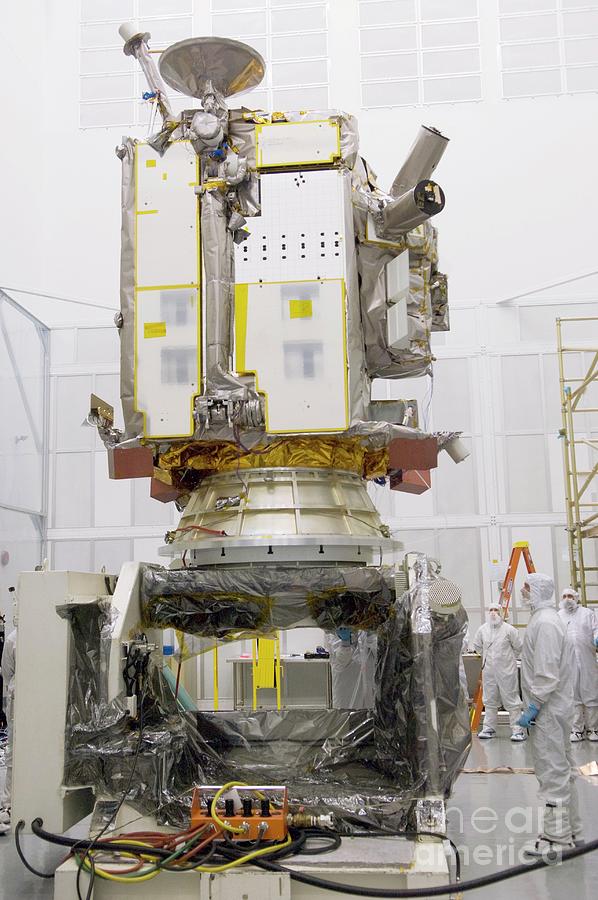

Through these projects, the LRO EPO Program achieves its goals to: The LRO EPO team also maintains the social media efforts for the mission.MoonMappers is a participatory experience through which citizen scientists analyze authentic LRO data. InOMN brings lunar and LRO science to amateur astronomers and the general public in an annual, worldwide public outreach event. Finally, International Observe the Moon Night (InOMN) and MoonMappers reach citizen scientists and the general public.LSIP enables students to participate in the process of science by analyzing authentic LRO data. The Lunar Student Imaging Project (LSIP) reaches K-12 students.
#Lunar reconnaissance orbiter professional
The MSEPD and PIE projects bring lunar and LRO science to educators via ongoing professional development trainings.

After a year of exploration, LRO’s initial mission to map the Moon’s surface was extended with a unique set of science objectives. LRO has been orbiting the Moon since 2009. Science Mission: NASA's Lunar Reconnaissance Orbiter (LRO) is a robotic mission that is gathering high-resolution data about the lunar surface and surrounding environment. More about the LRO programs can be found at: To date, LRO has engaged more than 700,000 members of the public and over 300 educators. The educators and scientists of the E/PO team bring LRO’s groundbreaking discoveries to teachers and informal educators across the country – and through them, those they serve – and engage the public worldwide in appreciating and studying Earth’s nearest neighbor. The award-winning Lunar Reconnaissance Orbiter (LRO) Education and Public Outreach (E/PO) Program shares the excitement of the science of the LRO mission, and lunar science as a whole, with educators, students, and the general public. 21), China denied the stage was from their mission the country, which has been criticized for space junk practices in recent years, added it is very careful about its disposal policies after launch.Lunar Reconnaissance Orbiter (LRO) Mission: Exploring Our Nearest Neighbor Several independent observations do suggest that the mission is Chang'e-5-T1, but that assertion is not completely confirmed. This mission was a precursor technology demonstration to the more famous Chang'e 5 mission that brought a sample of the moon back to Earth in December 2020. At first it was identified as part of a SpaceX Falcon 9 rocket that launched the Deep Space Climate Observatory satellite in February 2015.įollow-up observations indicated the orbit, however, did not match the Falcon 9 and came closer to the Chinese Chang'e 5-T1 mission's rocket launched in 2014. If you spot the rocket stage in a telescope before it hits the moon, let us know! Send images and comments in to origin story of the rocket stage is murky, to say the least.


 0 kommentar(er)
0 kommentar(er)
